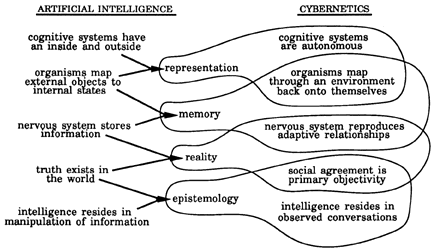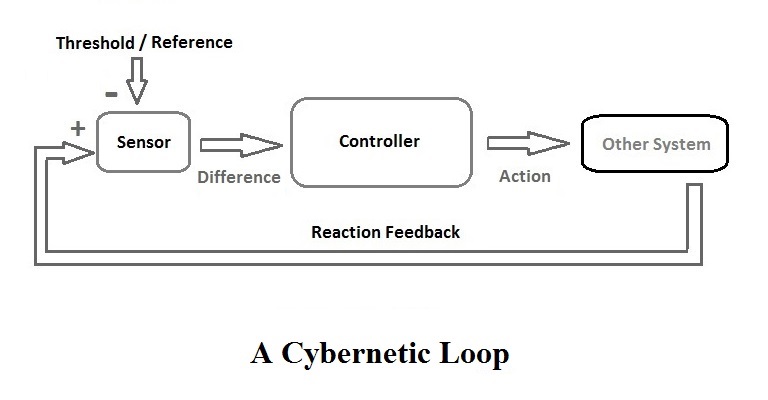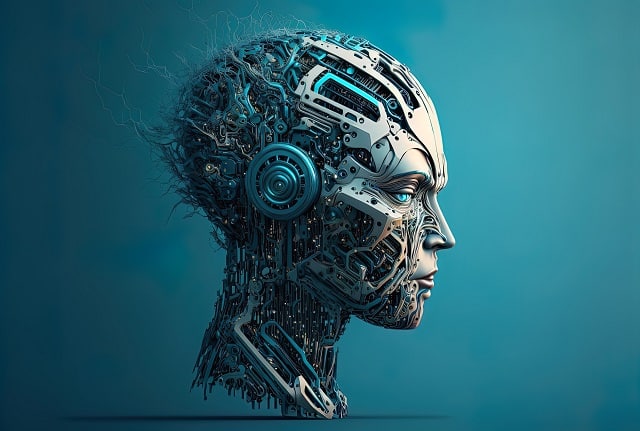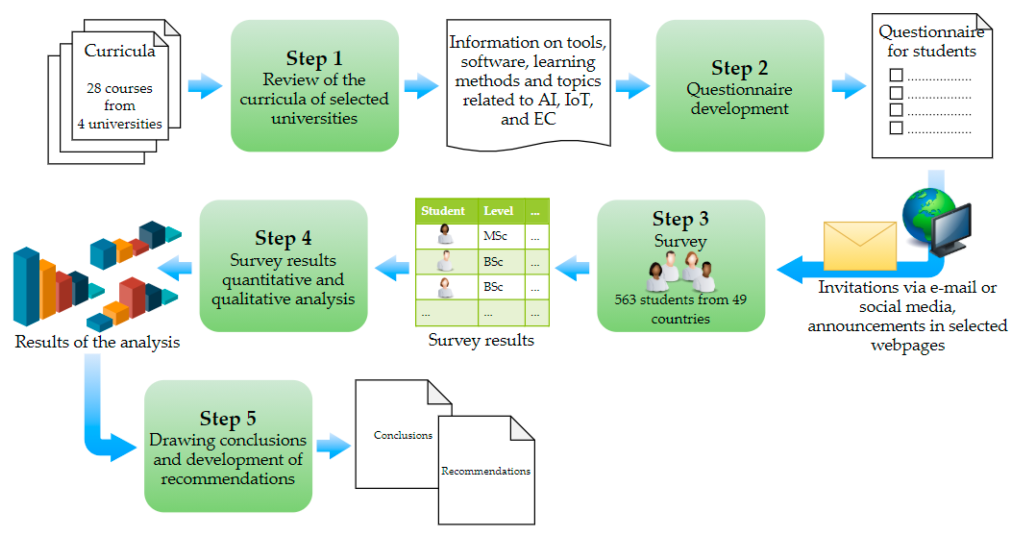
What is Cybernetics?
Cybernetics constitutes an interdisciplinary realm of study centered on the comprehension and exploration of intricate systems’ structure, behavior, and regulation. It spans a diverse spectrum of disciplines, encompassing biology, engineering, mathematics, psychology, and computer science. The overarching objective of cybernetics is to fathom the mechanisms by which systems can be directed, communicated within, and organized to attain specific aims.
At its essence, cybernetics aims to reveal fundamental principles that govern the conduct of systems, whether they manifest naturally or are artificial constructs. These guiding principles frequently pertain to feedback mechanisms, adaptability, communication processes, and intrinsic self-regulation. The realm of cybernetics delves into the dynamic flow of information within systems, their responses to shifts in their surroundings, and the methods they employ to establish equilibrium and stability.
How does Cybernetics work?

Every cybernetic system aims to establish a configuration of input-output relationships through a variety of setups, typically guided by reference control signals. This is accomplished by utilizing feedback-driven closed-loop control systems that possess the capability to determine necessary behavioral adjustments, monitor specific actions, compare these actions to the reference signals, and seamlessly adapt application behaviors for optimal outcomes. In natural cybernetic systems, this regulatory mechanism arises organically or self-organizes through the process of self-learning. Conversely, artificial cybernetic systems operate under the influence of human-designed automatic control systems. The core constituents of cybernetic systems include sensors, controllers, actuators, and the system itself that requires regulation.
Introduction
As we strive to comprehend and replicate human-like intelligence, the domain of Artificial Intelligence (AI) draws inspiration from various disciplines. Among these, the perspective of cybernetics provides a fascinating lens through which we can examine AI. Cybernetics, often referred to as the “science of control and communication in animals and machines,” offers profound insights into the operation of intelligent systems. This tutorial delves into the cybernetics perspective on AI, delving into its principles, applications, and the potential it holds for shaping the future of intelligent machines.
Table of Contents
- Exploring the Convergence of Cybernetics and AI
- Defining Cybernetics
- Interplay with Artificial Intelligence
- Cybernetic Principles at the Heart of AI
- Feedback Loops and Regulation
- Adaptation and Learning
- Self-Organization and Emergence
- Applying Cybernetics in AI Scenarios
- Harnessing Feedback in Neural Networks
- Evolutionary Algorithms and Adaptation
- Robotic Systems and Control Theory
- Challenges and Opportunities in the Cybernetics-AI Nexus
- Complex Systems and Ethical Dimensions
- The Vision of Human-Machine Symbiosis
Step-by-Step Exploration
1. Exploring the Convergence of Cybernetics and AI
Begin by introducing the concept of cybernetics, clarifying its emphasis on control, communication, and regulation within natural and artificial systems. Elaborate on how this interdisciplinary field intersects with the realm of AI, enhancing our grasp of intelligence and aiding the development of intelligent machines.
2. Cybernetic Principles at the Heart of AI

Delve into the fundamental principles of cybernetics that resonate within the context of AI. Explain the pivotal role of feedback loops in natural and artificial systems, fostering regulation and optimization. Explore the concepts of adaptation and learning, establishing connections between the capacity of neural networks to learn and the adaptability of biological organisms. Unveil the concepts of self-organization and emergence, demonstrating their pertinence to AI’s pursuit of intelligent behavior.
3. Applying Cybernetics in AI Scenarios
Highlight the tangible applications of cybernetic principles in the AI landscape. Discuss how neural networks leverage feedback mechanisms to enhance learning and decision-making. Illustrate the synergy between evolutionary algorithms and cybernetic concepts, enabling AI systems to evolve and refine solutions. Examine the domain of robotics and control theory, revealing how cybernetics guides the creation of autonomous and adaptable machines.
4. Challenges and Opportunities in the Cybernetics-AI Nexus

Navigate through the challenges and prospects that emerge from the intersection of cybernetics and AI. Discuss the complexity that arises as systems become increasingly sophisticated, and explore the ethical considerations regarding the control and autonomy of intelligent machines. Envision the concept of human-machine symbiosis, where cybernetics envisions a harmonious collaboration between humans and AI systems.
Conclusion
The cybernetics perspective enriches our comprehension of Artificial Intelligence by unveiling the principles of control, communication, and adaptation that underlie both natural and artificial systems. This tutorial has offered insights into the intricate interplay between cybernetics and AI, demonstrating how cybernetic principles guide the evolution of intelligent machines. Embracing this perspective positions us to shape a future where AI systems seamlessly communicate, learn, adapt, and coexist with humanity, transcending the boundaries of imagination to become a reality.






Leave a Reply
You must be logged in to post a comment.